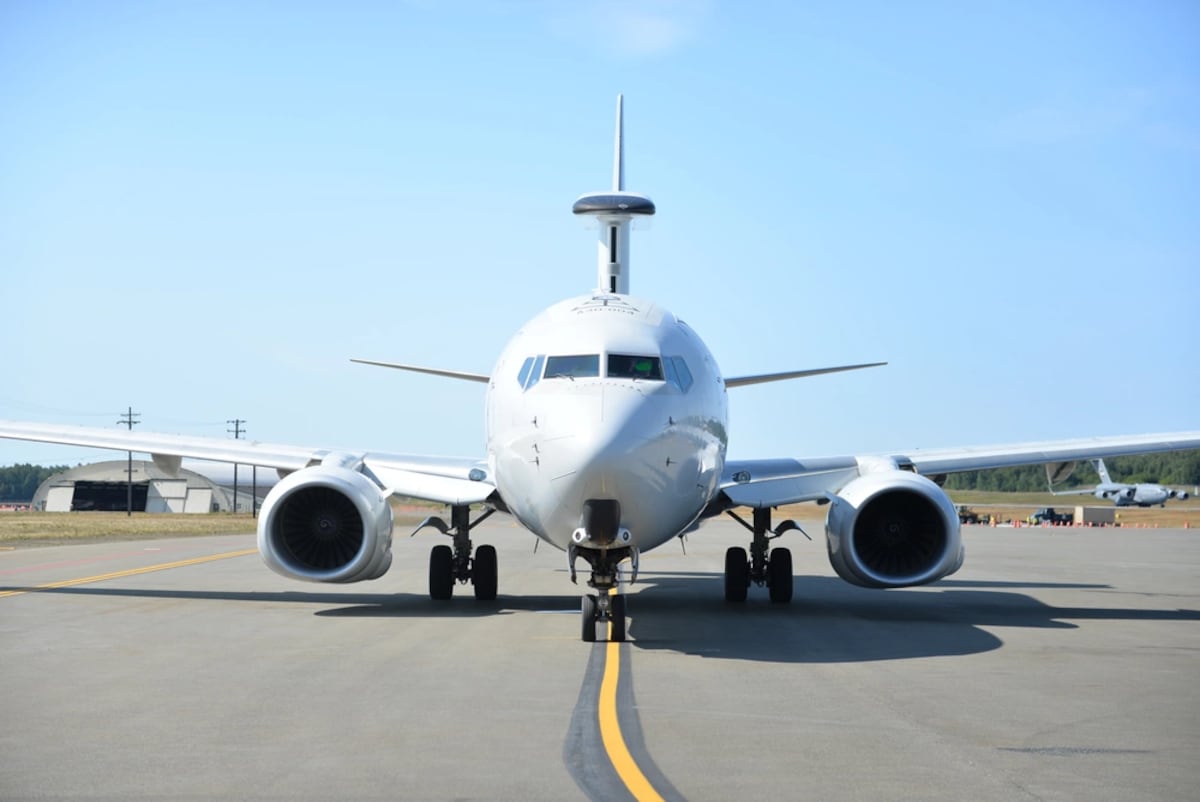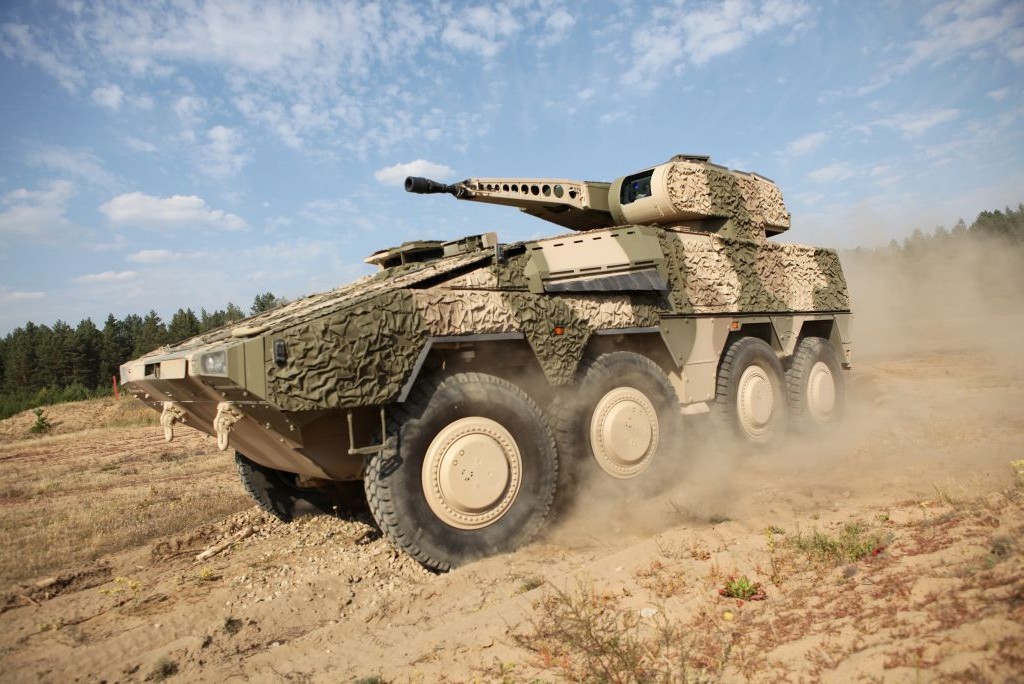The Air Force’s Push to Retire Old Aircraft: A Complex Challenge
The U.S. Air Force is in the midst of a significant shift as it aims to expedite the retirement of aging aircraft. This initiative is part of a broader directive from Defense Secretary Pete Hegseth, who has tasked military leaders with cutting and reallocating a significant portion of their fiscal spending. The implications of this ambitious goal touch on operational efficiency, fiscal responsibility, and the broader strategic posture of the U.S. military.
The Directive for Budget Cuts
Hegseth’s direction is steeped in the administration’s desire to eliminate what it perceives as ineffective spending—particularly on programs related to diversity, equity, and inclusion, as well as climate initiatives. The goal is to achieve an 8% reduction in the fiscal year 2026 budget, amounting to over $17 billion across the Department of the Air Force and its sister service, the Space Force. While Hegseth claims that this is not just about cutting budgets but rather redirecting resources to enhance national defense, the complexities surrounding these budgetary decisions paint a different picture.
Legislative Pushback on Aircraft Retirements
Historically, efforts by the Air Force to retire flagship aircraft have been met with considerable resistance from Congress. Lawmakers often tread cautiously on issues affecting military installations and the jobs they create in their districts. This has been exemplified in previous attempts to retire older systems like the A-10 Warthog and the F-22 Raptors, with many fearing the loss of critical capabilities. The ongoing political landscape suggests that achieving consensus on which aircraft to retire will be a significant hurdle.
A Historical Precedent
The Trump administration’s focus on reducing government waste brought forth expectations that perhaps this time, significant reductions could materialize where previous administrations faltered. Legislative history shows a pattern of opposition, especially regarding high-profile aircraft like the A-10, which has a storied legacy and loyal advocates in Congress. The late Senator John McCain, for example, passionately defended the A-10 during his tenure, underscoring the political complexity intertwined with military restructuring efforts.
Financial Implications of Retiring Aircraft
The Air Force has proposed a strategy to cut the fleet by up to 250 aircraft, which it argues could yield about $2 billion in savings. However, experts warn that the financial and operational realities are more nuanced than simply generating savings from eliminating older models. The Air Force has already streamlined its operations over the past three decades, making it challenging to identify further superficial budgetary fat to trim without impacting operational readiness and efficacy.
Professional Insights and Challenges
Defense analysts like Doug Birkey from the Mitchell Institute are raising alarms over the feasibility of identifying an additional 8% to cut when the service has already maximized previous cost-saving measures. The concern is that any cuts made could compromise the Air Force’s modernization strategy, which is crucial for maintaining competitiveness against potential adversaries. Heather Penney, a retired F-16 pilot, echoes the sentiment, noting that critical research and development investments must be preserved to ensure future capabilities.
Navigating Adversarial Pressures
The Air Force’s request for increased budget flexibility is not merely about reallocating resources but is also about facing scrutiny regarding how to balance legacy aircraft retirements with the need to sustain operational readiness. This balancing act is critical, especially considering that the Air Force does not intend to replace retired aircraft on a one-to-one basis, which might erode necessary combat capabilities over time.
The Strategic Focus on Modernization
As the Air Force contemplates potential aircraft retirements, it emphasizes the need to focus its resources on platforms that align with future operational demands. Programs like the Next Generation Air Dominance initiative and the development of advanced combat aircraft remain under scrutiny as potential targets for funding, but abandoning these endeavors could have long-term repercussions in terms of American air power.
The Space Force’s Budgetary Constraints
In addition to the Air Force’s challenges, the Space Force faces its own constraints. Given its relatively nascent status, the service struggles to accommodate cuts without crippling necessary growth. Experts stress that the Space Force, currently operating on a thin margin, has little fat to trim and could be unduly burdened by Hegseth’s proposed budget cuts.
Resisting Cuts to Key Areas
While certain modern programs like nuclear modernization are shielded from potential cuts, the Air Force’s divestiture decisions will significantly impact its operational capacity. The ongoing tension among lawmakers and the service concerning aircraft retirements exemplifies the tension between operational strategy and political pressures, making the Air Force’s job of executing its modernization strategy all the more challenging.
Conclusion
What emerges is an intricate web of fiscal strategy, operational necessity, and political maneuvering. As the Air Force navigates its aircraft retirement strategy amid competing demands, it illustrates a larger narrative concerning military readiness and modernization in the 21st century. The outcome of these discussions will ultimately shape not only the future of the Air Force’s capabilities but also its role in national security as the landscape continues to evolve.





